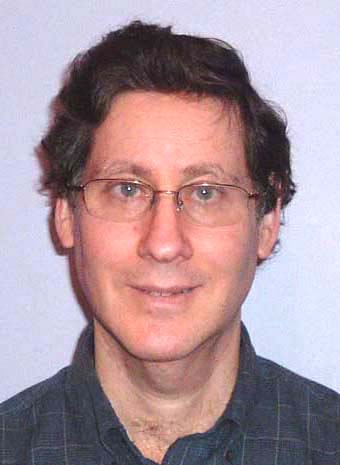fitness devices
See the following -
Apple Continues Hiring Raid On Medical Sensor Field As It Develops Eye Scanning Technology
Apple is moving to expand its personnel working on wearable computers and medical-sensor-laden devices by hiring more scientists and specialists in the medical sensor field. Apple began work in earnest on a watch-like device late last decade, and it has worked with increasing efficiency and more dedicated resources on the project over the past couple of years. [...] Read More »
- Login to post comments
Fixing The Background Technologies On Which Health Apps Depend
Developers are flocking to health IT with the laudable goals of making a difference in people’s health (and earning some money in the process). The complex and balkanized field presents numerous barriers to entrepreneurs breaking into the space...
- Login to post comments
How Can Open Source Projects Support Themselves in Health Care?
 High prices and poor usability hasn't driven the health care industry away from megalithic, proprietary applications. What may win the industry over to open source (in addition to the hope of fixing those two problems) is its promises of easy customization, infinite flexibility, extensibility, and seamless data exchange. As we will see, open platforms also permit organizations to collaborate on shared goals, which appeals to many participants. But if open source projects can't charge hundreds of thousands of dollars for installation as their commercial competitors do, how will they pay their developers and hold together as projects? This article compares three major organizations in the open source health care space: the tranSMART Foundation, Open Health Tools (OHT), and Open mHealth. Each has taken a different path to the universal goal of stability.
High prices and poor usability hasn't driven the health care industry away from megalithic, proprietary applications. What may win the industry over to open source (in addition to the hope of fixing those two problems) is its promises of easy customization, infinite flexibility, extensibility, and seamless data exchange. As we will see, open platforms also permit organizations to collaborate on shared goals, which appeals to many participants. But if open source projects can't charge hundreds of thousands of dollars for installation as their commercial competitors do, how will they pay their developers and hold together as projects? This article compares three major organizations in the open source health care space: the tranSMART Foundation, Open Health Tools (OHT), and Open mHealth. Each has taken a different path to the universal goal of stability.
- Login to post comments
Open mHealth Popular Standard (Part 2)
 Normally, one wants to break information down into chunks as small as possible. Bydoing this, you allow data holders to minimize the amount of data they need to send data users, and data users are free to scrutinize individual items or combine them any way they want. But some values in health need to be chunked together. When someone requests blood pressure, both the systolic and diastolic measures should be sent. The time zone should go with the time. On the other hand, mHealth doesn’t need combinations of information that are common in medical settings. For instance, a dose may be interesting to know, but you don’t need the prescribing doctor, when the prescription was written, etc. On the other hand, some app developers have asked the prescription to include the number of refills remaining, so the app can issue reminders.
Normally, one wants to break information down into chunks as small as possible. Bydoing this, you allow data holders to minimize the amount of data they need to send data users, and data users are free to scrutinize individual items or combine them any way they want. But some values in health need to be chunked together. When someone requests blood pressure, both the systolic and diastolic measures should be sent. The time zone should go with the time. On the other hand, mHealth doesn’t need combinations of information that are common in medical settings. For instance, a dose may be interesting to know, but you don’t need the prescribing doctor, when the prescription was written, etc. On the other hand, some app developers have asked the prescription to include the number of refills remaining, so the app can issue reminders.
- Login to post comments
Precision Medicine Can Save More Lives and Waste Less Money
 Andy OramThe previous section of this article looked at how little help we getfrom genetic testing. Admittedly, when treatments have been associated with genetic factors, testing has often been the difference between life and death. Sometimes doctors can hone in with laser accuracy on a treatment that works for someone because a genetic test shows that he or she will respond to that treatment. Hopefully, the number of treatments that we can associate with tests will grow over time. So genetics holds promise, but behavioral and environmental data are what we can use right now...
Andy OramThe previous section of this article looked at how little help we getfrom genetic testing. Admittedly, when treatments have been associated with genetic factors, testing has often been the difference between life and death. Sometimes doctors can hone in with laser accuracy on a treatment that works for someone because a genetic test shows that he or she will respond to that treatment. Hopefully, the number of treatments that we can associate with tests will grow over time. So genetics holds promise, but behavioral and environmental data are what we can use right now...
- Login to post comments